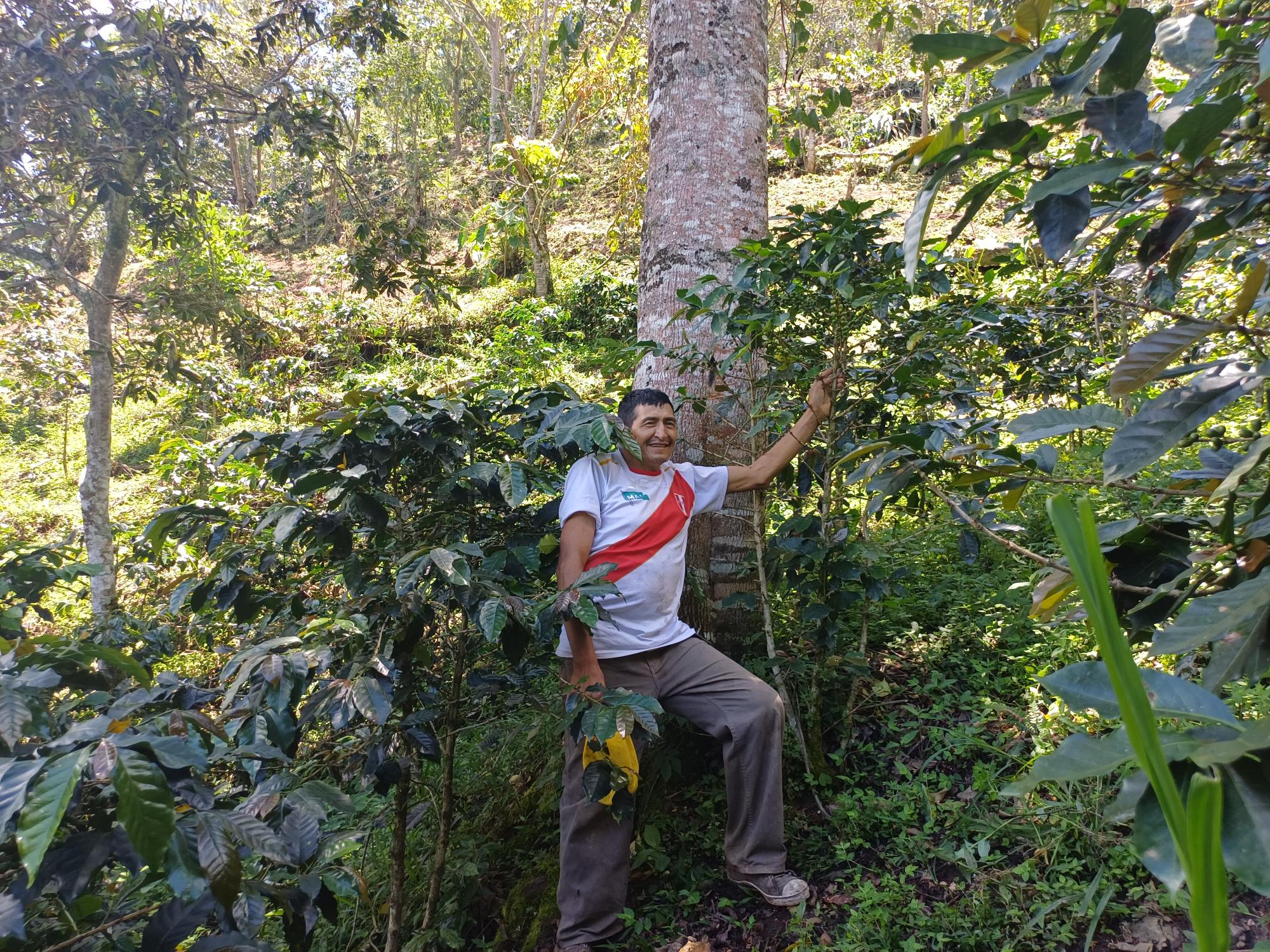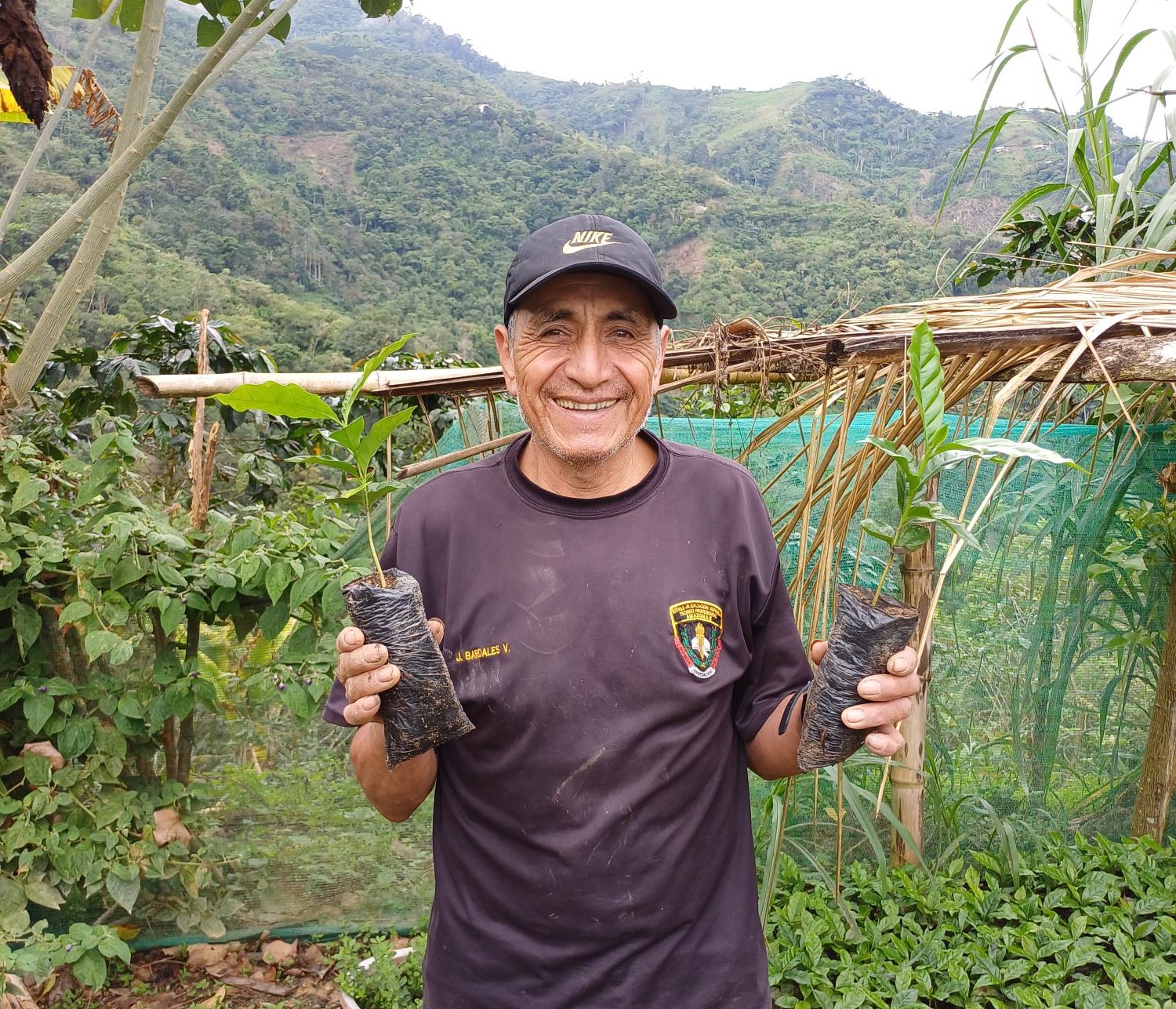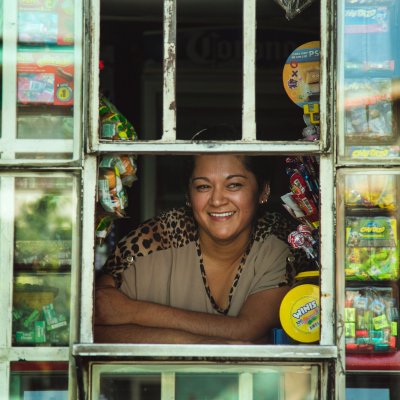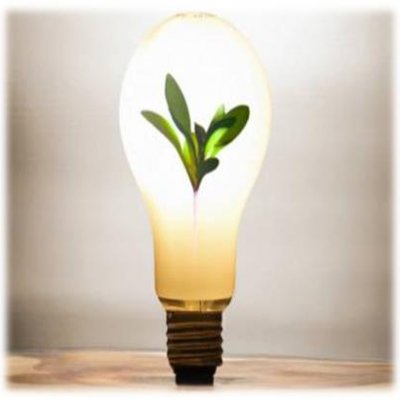Coffee producers in Peru get a boost through green microfinance
An innovative microcredit program, EcoMicro, enhances sustainability, climate resilience and offers much-needed flexible financing and training on climate-friendly farming skills to coffee producers in Latin America and the Caribbean.
Since 2019, EcoMicro, with NDF financing, has piloted an innovative project aimed at expanding climate adaptation finance within the Peruvian coffee production chain in collaboration with Perales Huancaruna (Perhusa), a business with a sixty-year legacy of exporting high-quality Peruvian coffee. Leveraging Perhusa’s extensive network of over 20,000 coffee-producing families across 16 regions in Peru, this partnership drives meaningful progress in sustainable coffee production and green finance solutions.
This initiative has transformed the business model of a leading coffee company to include a blockchain platform that uses satellite analysis to assess the productive potential of coffee plots. The benefits are twofold: Firstly, the dissemination of this technology, coupled with technical training on climate-friendly farming practices and facilitated access to microcredit financing, equips farmers with the tools and resources needed to sustainably produce their coffee.
Secondly, by embracing green financing opportunities, companies can adjust their management strategies to proactively address climate change risks and integrate climate impact assessments into their internal policies and operations. Through these concerted efforts, the project catalyses a transformative shift towards resilient and environmentally conscious coffee production in the region.
Microfinancing for greener solutions
Gaining access to microcredit and the resources provided by Perhusa and EcoMicro means that coffee farmers can make the most out of their harvest, typically from April to June. Microcredit loans are usually obtained at the beginning of each year, ahead of the harvest season, and are repaid within six months to a year using the earnings of that harvest.
For Timoteo García, 56, a coffee producer with over thirty years of experience in the Cajamarca region, access to credit at a low interest enables him to maximize his harvest. “Before, we sold around two or three 55.2kg bags of coffee through other companies who paid in advance. The problem was that we couldn’t survive on that because we didn’t have enough coffee. When we started working with Perhusa in 2000, we began receiving technical advice on how to sow our coffee in a way that would increase our harvest, and we also stopped selling in advance. All of this improved our situation.”
Microfinancing not only provides farmers with financial resources, but also enables them to invest in essential tools for coffee production, such as coffee hullers for bean separation and drying beds. These investments reduce the physical strain of the work and enhance efficiency, particularly in the sorting and processing stages.
Aurelina Domínguez, 54, and Evangelisto García, 64, seasoned coffee farmers in the Cajamarca region, previously relied on the “patio drying” method, where coffee beans are spread out on cloth under the sun for drying. This method poses challenges, especially in rainforest climates where weather conditions can change quickly, potentially ruining the beans in a sudden downpour. Also, due to the coffee beans’ hygroscopic nature, they easily absorb odors from their environment, such as those from concrete surfaces, which can negatively impact the product’s quality.
Now, with the drying beds, Aurelina and Evangelisto can ensure their coffee beans dry under optimal conditions. These beds provide regulated temperature and humidity levels, protect the beans from excessive sunlight, and keep them sheltered from potential contaminants, thereby preserving the quality of their product, and increasing their income.
“When we first started, we dried our coffee on cloth because it was cost-effective, but with Perhusa we learned that this method makes it very delicate,” explains Evangelisto. Aurelina adds, “Now the coffee is better, and it’s less work for us. We don’t have to constantly pick up the beans from the ground, with chickens and dogs getting in the way.”

Timoteo García cultivates the renowned Catimor coffee variety in the San Ignacio province of Peru’s Cajamarca region. Photo: Perhusa
Sustainable farming for future generations
Another component of this initiative is the implementation of technical assistance. Perhusa conducts three series of practical workshops each year focused on the stages of the coffee production cycle.
During the harvest season, workshops cover selective harvesting practices. Post-harvest, workshops address renovation techniques, the pruning of coffee plantations, and regenerative soil fertilization. Towards the year-end, workshops focus on organic and sustainable production standards, as well as health and occupational safety.
“Perhusa teaches us how to be better,” says Timoteo. “They teach us how to improve the quality of our crop, and how to take care of the soil and the environment. They also teach us the importance of organising our family life.”
These informational sessions help Perhusa gain insights into farmers’ needs for climate mitigation or adaptation, and in turn develop new financial products that enable access to greener technologies and solutions.
This is also where the digital identification system, Geofarms Perhusa, comes into play. Developed under the EcoMicro project, this system utilises satellite technology to map coffee plots, forecast crop vitality, conduct deforestation analysis, generate risk reports, and assess climatic parameters. In practice, this technology enables Perhusa to offer more precise technical assistance, enhancing both productivity and quality predictability. Additionally, it provides greater precision in determining the maximum loan amounts for coffee farmers based on their geolocation. Now, 670 Perhusa producers have downloaded the system on their mobile phones.
For the coffee farmers like Aurelina and Evangelisto, witnessing an increase in their income thanks to more efficient technology and sustainable farming practices transcends mere business gains. It enables them to dedicate more time and resources to their households, and prioritise education, healthcare, and other essential needs.
“Our aim is to improve so that we can continue supporting our children’s education… so that they don’t have to become farmers like us and spend their days wet in the mud,” Aurelina reflects. Echoing her sentiments, Evangelisto adds, “Our children tell us, ‘Dad, we will surpass farming so that we can help you in the future.’ That’s why, as long as we’re alive, we’re working hard to put food on the table and ensure our children receive an education. That’s why we farm.”

Evangelisto García and Aurelina Domínguez produce Catimor coffee of green and red cherries in the San Ignacio province of Peru’s Cajamarca region.
--
The EcoMicro portfolio has a geographically diverse portfolio of 31 projects across 20 countries. It is executed by the Inter-American Development Bank’s IDB Lab and co-financed by Global Affairs Canada, IDB Lab, and the Nordic Development Fund.


